Beyond Divisions: Chronicling Sikh-Muslim Instances of Amity in History
Amidst a Saga of Supreme Sikh Sacrifices: Unveiling the Tapestry of Sikh-Muslim Cooperation in History, in a background of Conflict and Confrontation.
Introduction— history of hostilities: Throughout history, narratives have perpetuated the notion of animosity between Sikhs and Muslims. Tragic events, especially the martyrdom of the two Sikh Gurus, Guru Arjan Dev Ji and Guru Tegh Bahadur Ji, and the unparalleled sacrifice of the four "sahibzadas" (sons) of Guru Gobind Singh Ji, have further and perhaps justifiably reinforced this perception.
Post-1947, the losses suffered during the Partition, the two Indo-Pak Wars, and the acts of Pakistan-abetted terrorism in Punjab in 1980s and early 1990s have also contributed to a sense of division. However, it is essential to recognize that there are numerous instances of friendship, cordial relationships and mutual respect between Sikhs and Muslims that are interleaved and interwoven into the history, which is otherwise characterised by conflict and confrontation.
Instances of Cooperation: In this article, we aim to explore these stories of unity, emphasizing the need to mitigate and finally overcome historical biases and create an awareness of some of the deep-rooted Sikh-Muslim friendships and associations that are equally a part of the recorded chronicles.
Sikh Sacrifices can’t be forgotten: While we proceed to do so, it is important to continue to bow our heads in deep reverence to the unprecedented sacrifices of the Sikh Gurus for the cause of the hapless and the downtrodden, as well as to Guru Gobind Singh Ji's life-long struggle against an oppressive Mughal regime, that was often instigated by its vassal Rajput hill rajas.
Embracing Unity— the Legacy of Guru Nanak Dev Ji: Guru Nanak Dev Ji, the founder of Sikhism, preached the values of oneness, compassion, and service to humanity. Guru Nanak’s teachings continue to inspire interfaith harmony. Bhai Mardana, a Muslim by faith, played a significant role as Guru Nanak's lifelong companion and musical collaborator, accompanying him on his extensive travels and embodying the spirit of unity beyond religious boundaries. Accompanied by him and Bhai Bala, a Hindu, Guru Nanak spread the message of love, equality, and spiritual harmony, leaving an indelible mark on the history of the sub-continent.
Honouring Mian Mir: Baba Sain Mir Mohammed Sahib, popularly known as Sain Mian Mir, was a revered Sindhi Sufi Muslim saint. At the request of Guru Arjan Dev Ji, Mian Mir laid the foundation stone of the Golden Temple in Amritsar, the most revered of Sikh shrines. This gesture of Guru Sahib symbolizes the deep respect and shared spiritual values between Sikhs and the Sufi Muslims, reinforcing the importance of unity.
Inclusive Sikh Scriptures: Guru Arjan Dev Ji, while compiling the Adi Granth (later known as Guru Granth Sahib), included verses from Muslim saints such as Baba Farid and Bhagat Kabir. This inclusivity demonstrates the Sikh faith's recognition of shared wisdom and devotion present in various religious traditions, fostering understanding and respect between Sikhs and Muslims. Notably, Baba Farid lived approximately 200 years before Guru Nanak.
Bhagat Kabir: A Source of Inspiration: Bhagat Kabir, born into a Muslim weaver (‘julaha’) family, was a contemporary of Guru Nanak. Although there is no historical evidence of their ever meeting in person, they are believed to have held immense respect for each other. Guru Arjan Dev Ji included many verses of Bhagat Kabir in the Adi Granth, as they aligned with the philosophy espoused by Guru Nanak.
Emperor Jahangir’s Remorse: Emperor Jahangir, responsible for the martyrdom of Guru Arjan Dev Ji, later came to realize that the teachings of the house of Guru Nanak were not blasphemous qua Islam. Rather he had been misled by the fanatics in his court. He ordered the release of Guru Hargobind Ji, the Sixth Sikh Guru, from the Gwalior Fort, along with the freeing of 52 imprisoned Hindu Rajas at the instance of Guru Sahib. They were all escorted out of the fort in a most dignified manner. This event signifies the contemporary recognition of the Sikh ideology's non-antagonistic stance towards the Muslim faith.
Pic by the author from Peer Budhu Shah Gurdwara, Sadhaura, near Ambala.
Peer Budhu Shah1, a devout Muslim divine, exemplified unwavering devotion towards Guru Gobind Singh Ji. He not only provided assistance to the Guru but also sacrificed his sons in the Battle of Bhangani. When he faced persecution and execution, at the hands of the local Mughal ‘faujdar’, Banda Bahadur, inspired by his legacy, avenged his death by storming Sadhaura, in the present-day Yamunanagar district of Haryana. This poignant tale of Sikh-Muslim collaboration stands as a testament to the unity and shared values that transcend religious boundaries in Sikh history.
Machhiwara— Nabi Khan and Ghani Khan: In a moment of great need, two Muslims named Nabi Khan and Ghani Khan eternalized their legacy by providing shelter to the tenth Guru, Guru Gobind Singh Ji. After the Battle of Chamkaur, Guru Gobind Singh Ji, disguised as a Muslim Pir ostensibly as "Uch da Pir," was wandering virtually alone in the jungles of Machhiwara, when they did so. This act of kindness and protection, in face of grave risks from a hostile local Mughal administration, accentuates the spirit of humanity and compassion that transcends religious boundaries. An impressive Gurudwara Charan Kanwal Sahib stands at Machhiwara today, where thousands of pilgrims pay obeisance to “Dashmesh Pita”.
Nawab of Malerkotla protesting against the egregious punishment awarded by Subedar of Sirhind
Malerkotla— Dissent against Injustice: The strong dissent expressed by Sher Mohammad Khan, the Nawab of Malerkotla, against the barbaric decision of Wazir Khan, the Governor of Sirhind, to brick alive the two younger “sahibzadas” in Fatehgarh Sahib, exemplifies the moral courage of Muslims standing against tyranny. This dissent highlights the shared commitment to justice and humanity between Sikhs and some Muslims then in a position of power. It is noteworthy that no Muslim lives were lost in the Partition riots in Malerkotla, and very few of its Muslim residents migrated to Pakistan in 1947 due to this shared history. A thriving down in Punjab, Malerkotla has now been elevated to the status of a district.
Prominent Muslims in Sikh History: The darbar (court) and army of Guru Gobind Singh included numerous Muslim poets, often writing in Persian, generals, and soldiers who made significant contributions to Sikh history. Their presence signifies the inclusive nature of Sikhism, where individuals of diverse backgrounds were valued for their talents and abilities.
Muslim Rights and Respect in Sikh Rule: Under the rule of Maharaja Ranjit Singh, Muslims enjoyed equal rights, respect, and opportunities to participate in administration and governance. The Sikh Empire's inclusive ethos fostered Sikh-Muslim unity and cooperation, reflecting the values of justice and equality.
Jallianwala Bagh— collaborating the National Movement: During the struggle for independence against British colonial rule, the Sikhs, Muslims, and Hindus united, emphasizing the power of unity and cooperation. The Jallianwala Bagh Massacre at Amritsar in 1919, where individuals from all three communities sacrificed their lives in nearly equal numbers, stands as a somber reminder of their shared sacrifice and unwavering resolve for freedom.
Conclusion and Way Forward: As we conclude this journey through Sikh-Muslim history, it is important to acknowledge and commemorate the unparalleled sacrifices made by the Sikh Gurus and the tragedies endured by the Sikh community during the Mughal rule. However, alongside these somber reflections, it is equally crucial to highlight significant instances of cordial relationships, collaborations, and mutual respect between Sikhs and Muslims. To foster a society where Sikhs and Muslims can live together amicably, it is imperative that we overcome historical biases and embrace a future of peace and understanding. By honouring the memory of the martyrs, we can forge a path towards unity and harmony.
It is worth noting that many Sikhs and Muslims, both in India and Pakistan, as well as across the globe, share a common bond through the Punjabi language, even though it may be written in different scripts such as Gurmukhi and Shahmukhi. This linguistic connection serves as a unifying factor, alongside the celebration of shared festivals like Basant Panchami and Baisakhi, which, beyond their religious significance, are deeply rooted in the cycles of seasons and crop harvests.
In an increasingly interconnected world, let us recognize the strength of Sikh-Muslim friendship, bound by shared values and the common bonds of humanity. By embracing diversity, fostering understanding, and nurturing relationships based on respect, we can strive for a harmonious coexistence. Together, we can build a future where the lessons from history guide us towards a world that celebrates unity and bridges the divisions of the past.
1.Copyright of the pictures is acknowledged.
Sadhaura Gurdwara: Peer Budhu Shah's Unwavering Devotion and Loyalty to "Dashmesh Pita".
My visit to Sadhaura: Today, I had the fortuitous privilege of visiting Sadhaura, a historic town in the Yamunanagar district of Haryana, where a small but magnificent Gurudwara stands at the birthplace of Peer Budhu Shah, a testament to his profound devotion of for Sri Guru Gobind Singh Ji. As a humble Sikh, this impromptu pilgrimage was a deeply movin…


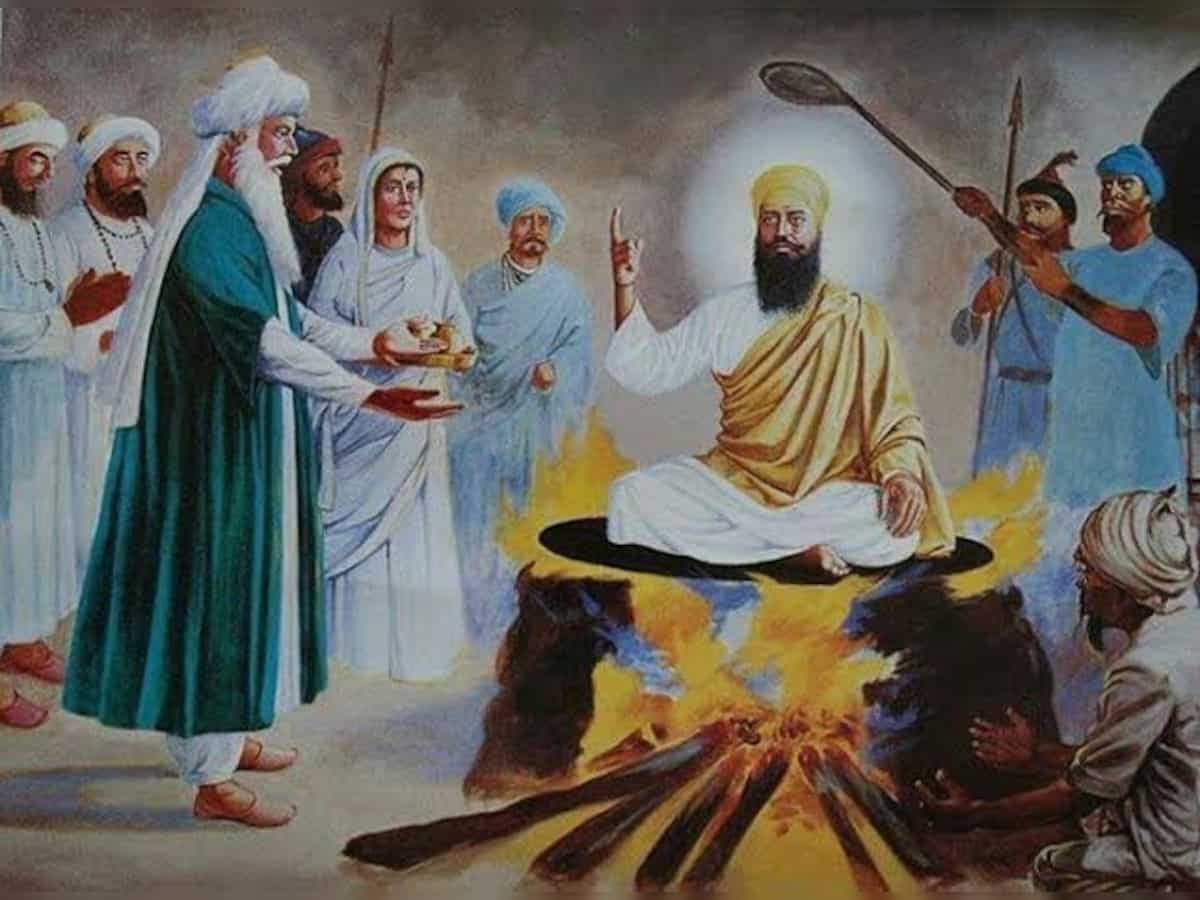
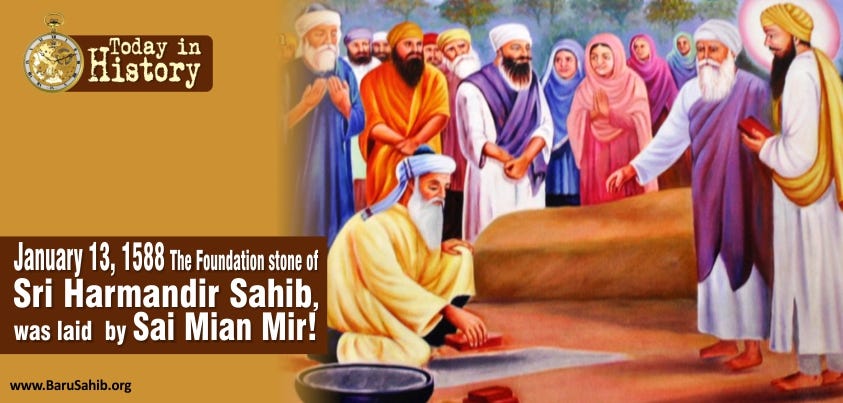
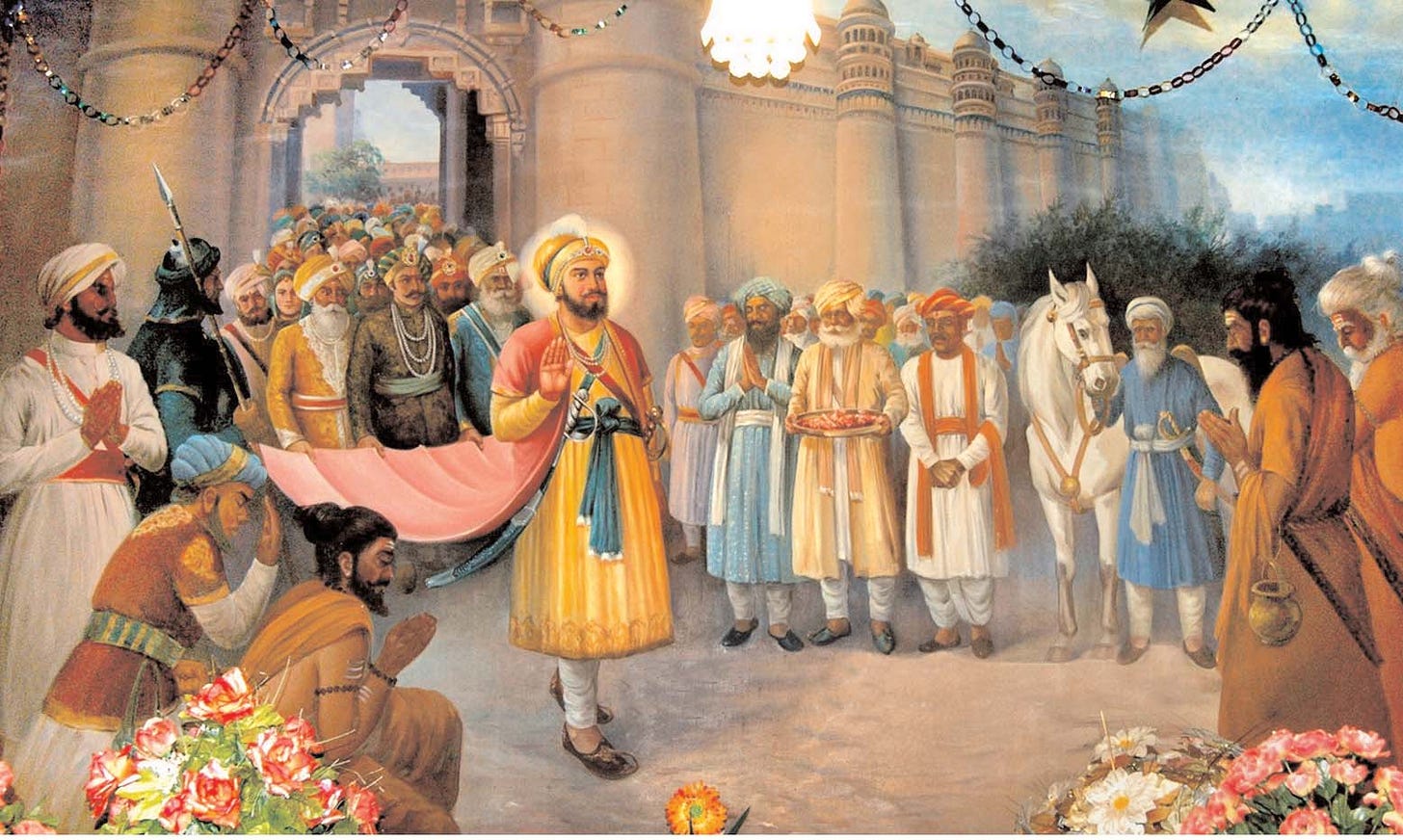
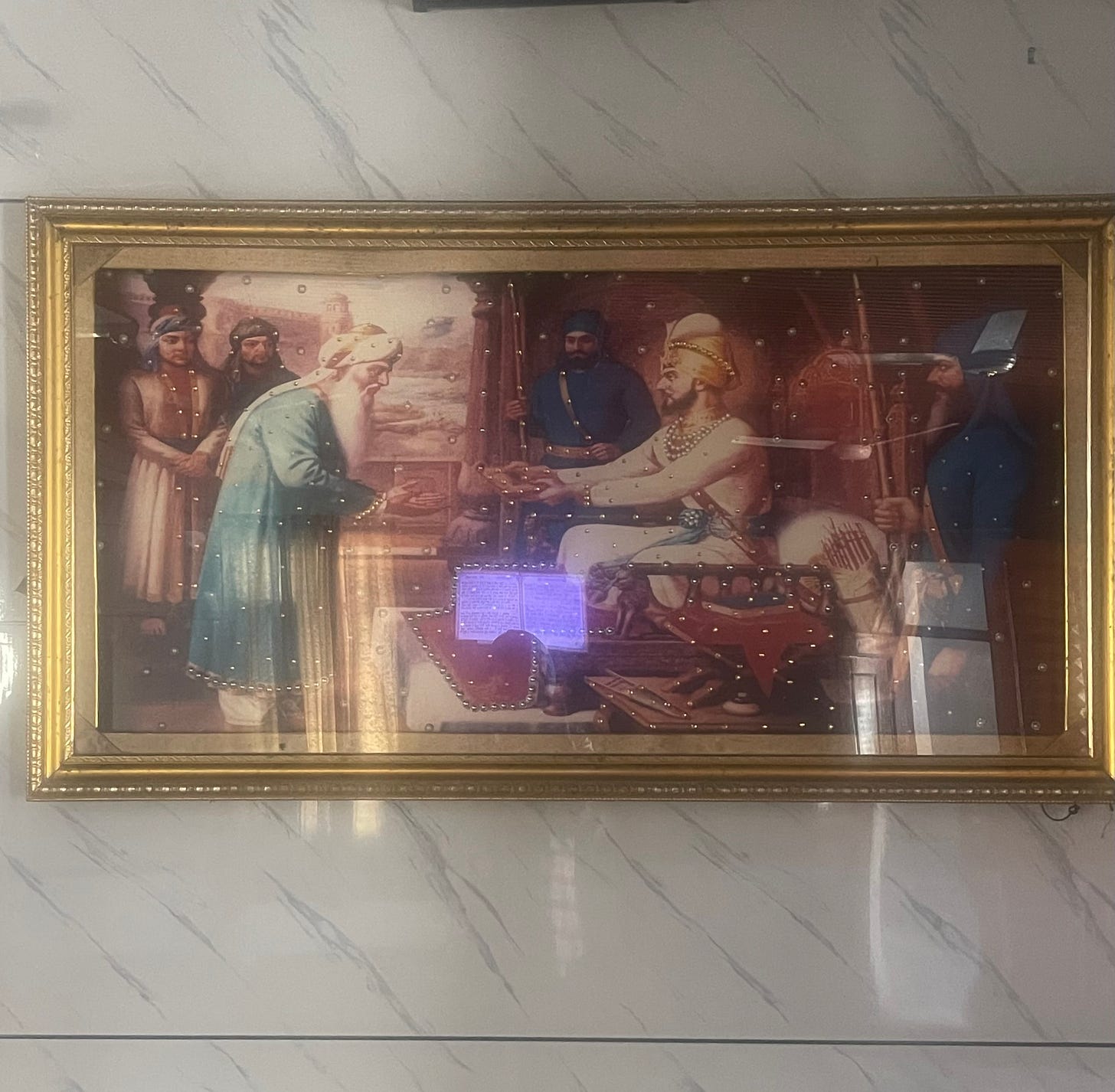
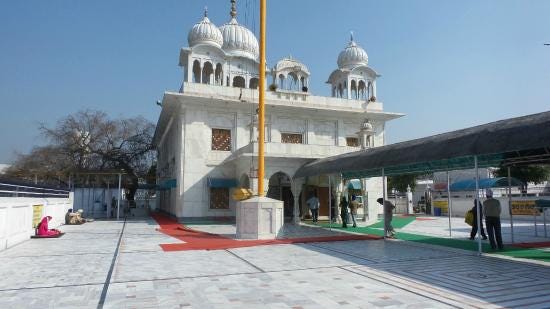
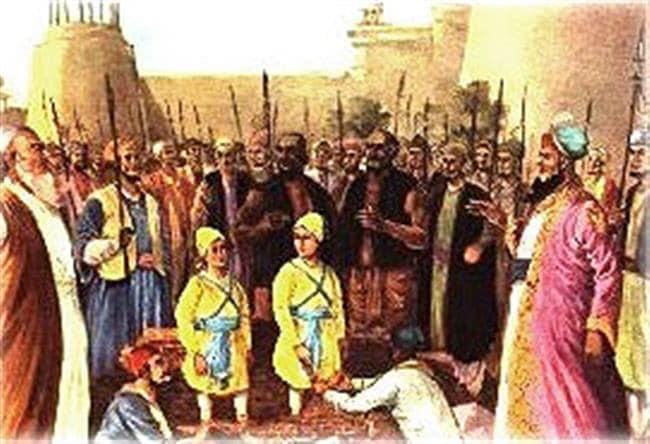
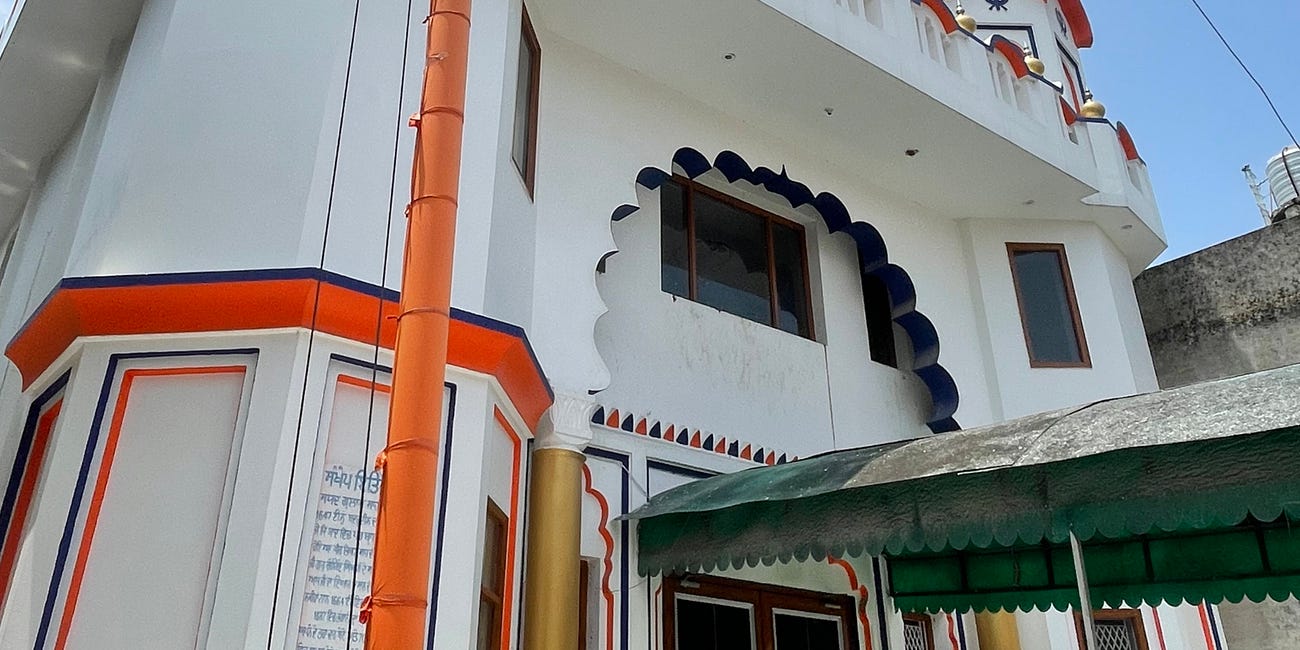
Excellent piece of history so well researched and brought to life by the author.Lovely reading indeed!
Very well explained all the facts one by one .We should follow the path of our Gurus .